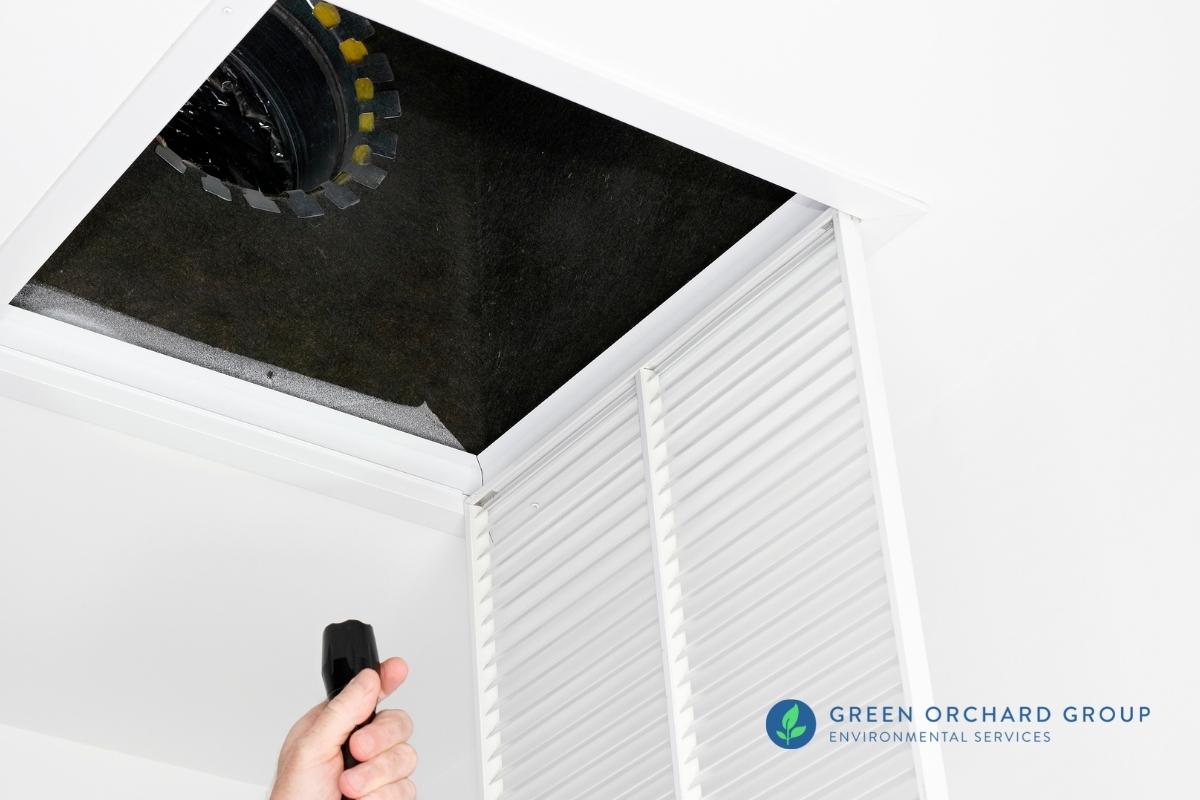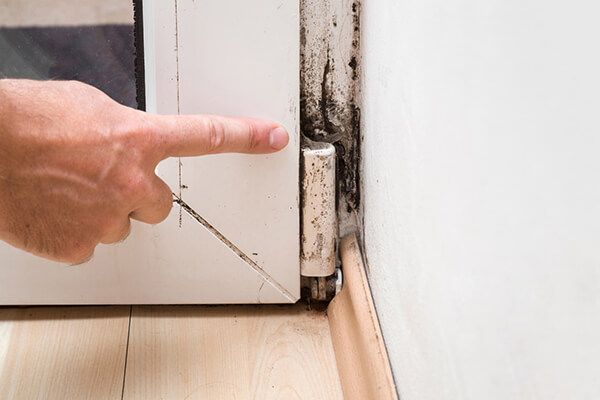Your Ultimate Overview to Post Mold Remediation Techniques
Browsing the realm of post-mold removal techniques is a precise process that requires interest to information and an extensive understanding of the ins and outs entailed. In the aftermath of mold problem, knowing just how to successfully eliminate the mold and mildew and avoid its reoccurrence is paramount for preserving a healthy indoor environment. From choosing the right cleansing and sanitizing techniques to carrying out strategies for long-lasting mold and mildew avoidance, each action in the remediation journey plays an essential role in making sure a successful result. As we start this expedition of post-mold remediation techniques, we will discover the vital approaches and best techniques that can assist you restore your area to its pre-mold condition and secure it against future mold and mildew risks.
Recognizing Post-Mold Remediation Refine
After completing the mold removal process, it is vital to understand the post-mold removal strategies that are essential to ensure a reliable and complete cleanup. Once the mold and mildew has been eliminated, the next step entails cleansing and decontaminating the impacted locations to prevent any kind of regrowth of mold.
In addition, carrying out a final examination post-remediation is crucial to make sure that all mold and mildew has actually been efficiently gotten rid of. If the examination exposes any kind of sticking around mold, added removal may be essential.
Effective Cleaning Up and Sanitizing Approaches

Protecting Against Future Mold Growth

Importance of Correct Air Flow
Proper ventilation plays a crucial role in protecting against dampness accumulation, an essential factor in mold and mildew growth within interior atmospheres. Efficient air flow systems aid get rid of excess humidity from the air, reducing the chances of mold and mildew spores discovering the moisture they require to spread and germinate. Without adequate ventilation, indoor spaces can end up being a breeding place for mold and mildew, resulting in possible health and wellness threats and structural damages.
By Your Domain Name ensuring correct air circulation, ventilation systems can additionally help in drying wet areas a lot more rapidly after water damages or flooding incidents, further hindering mold growth. Post Mold Remediation Report. In rooms like restrooms, attic rooms, cellars, and kitchen areas where moisture degrees have a tendency to be greater, installing and preserving reliable ventilation systems is critical in stopping mold infestations

Tracking and Maintenance Tips
Given the essential function that correct air flow plays in stopping mold development, it is essential to develop efficient monitoring and upkeep ideas to guarantee the ongoing performance of ventilation systems. Routine evaluations of air flow systems must be conducted to look for any type of indicators of obstructions, leaks, or breakdowns that could restrain proper air movement. Tracking moisture levels within the property is additionally important, as high moisture can add to mold and mildew growth. Mounting a hygrometer can help track moisture degrees and alert homeowners to any kind of spikes that may need attention. Furthermore, ensuring that air filters are regularly cleaned up or changed is necessary for maintaining the effectiveness of the air flow system. Implementing a routine for routine maintenance jobs, such as duct cleaning and cooling and heating system evaluations, can aid prevent problems prior to they escalate. By staying proactive and attentive to the problem of air flow systems, residential property proprietors can efficiently alleviate the threat of mold and mildew regrowth and keep a healthy indoor atmosphere.
Verdict
In verdict, post-mold removal methods are necessary for making sure a tidy and click resources risk-free environment. Understanding the procedure, implementing effective cleansing and decontaminating methods, avoiding future mold growth, maintaining proper air flow, and normal tracking are all important action in the remediation procedure. By adhering to these standards, you can effectively eliminate mold and mildew and avoid its return, functioning or advertising a healthy living room for all residents.
In the consequences of mold infestation, knowing just how to efficiently eliminate the mold and mildew and avoid its reoccurrence is vital for preserving a healthy interior atmosphere. When the mold and mildew has actually been eliminated, the next action entails cleaning and sanitizing the influenced areas to prevent any kind of regrowth of mold - Post Mold Remediation Report. After removing noticeable mold and mildew growth, it is vital to cleanse all surface areas in the affected location to remove any remaining mold spores. To even more boost mold avoidance actions, it is vital to attend to underlying problems that initially led to mold and mildew growth.Offered the essential function that proper ventilation plays in preventing mold growth, it is imperative to establish reliable surveillance and upkeep pointers to make sure the ongoing performance of air flow systems